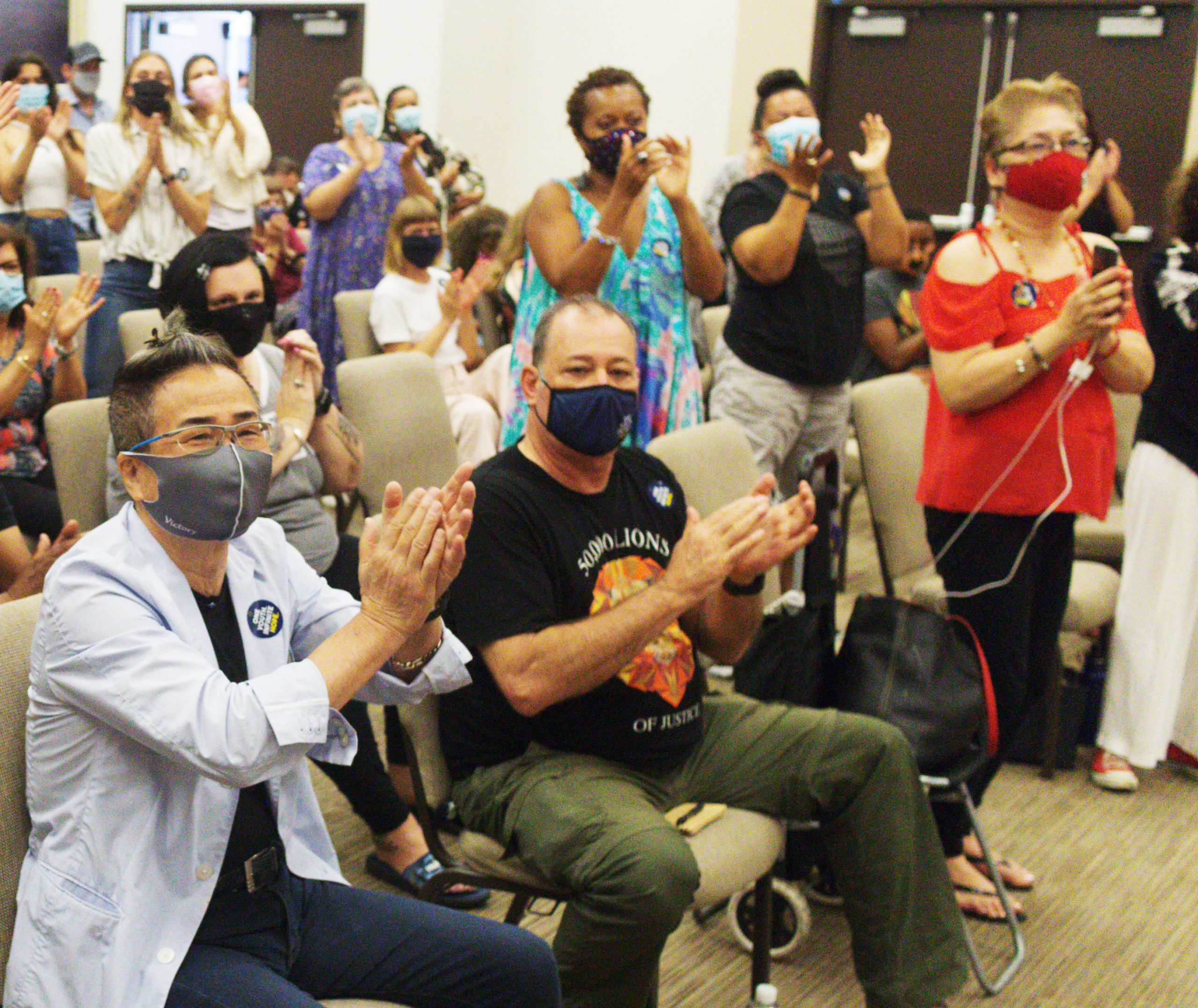Nichiren Daishonin faced one of the greatest trials of his life on Sept. 12, 1271, exactly 750 years ago this month. Known as the Tatsunokuchi Persecution, it took place following nearly two decades of tremendous opposition to his efforts to spread the life-affirming teachings of the Lotus Sutra.
After spurious allegations were lodged against Nichiren, he was called in for questioning by Hei no Saemon, the defacto ruler of the Kamakura military government. Nichiren infuriated Hei no Saemon with his warnings that Japan would face ruin if it continued rejecting the correct teaching.
Two days later, on Sept. 12, Hei no Saemon led several hundred soldiers to arrest Nichiren. At midnight, they took him to the beach at Tatsunokuchi to be beheaded.
Nichiren later wrote:
Finally we came to a place that I knew must be the site of my execution. Indeed, the soldiers stopped and began to mill around in excitement. Saemon-no-jo [Shijo Kingo],[1] in tears, said, “These are your last moments!” I replied, “You don’t understand! What greater joy could there be?”[2]
“What greater joy could there be?”—these words illustrate Nichiren’s towering state of life. This joy came from giving his life for the Lotus Sutra, which he knew would enable him to reveal his Buddhahood. “If I am to lose this worthless head [for Buddhahood],” he writes, “it will be like trading sand for gold or rocks for jewels.”[3]
On the execution grounds, just before the soldier raised his sword, a bright object flew across the sky, terrifying the soldiers to the point that they refused to carry out the execution. A month later, Nichiren was exiled to Sado Island.
Later, recounting the events at Tatsunokuchi, Nichiren says: “On the twelfth day of the ninth month of last year … this person named Nichiren was beheaded. It is his soul that has come to this island of Sado.”[4]
This statement suggests that Nichiren, the ordinary person—through joyfully upholding his belief while facing imminent death—revealed “his soul,” his true identity as Nichiren, the Buddha. This described his “casting off the transient and revealing the true.”
Attaining Enlightenment As an Ordinary Person
Of course, when Nichiren “cast off” his transient status as an ordinary person, he didn’t stop being an ordinary person or become some sort of transcendent being. Rather, while remaining an ordinary person, he revealed the eternal Buddha nature that already existed in his life, exemplifying that there is no Buddha apart from ordinary human beings.
To “cast off the transient” is like opening up or removing the clouds that block the sun’s light.[5] We cast off the “transient” clouds of delusion, karma and suffering by bringing forth the same wisdom, courage and compassion that Nichiren demonstrated.
Nichiren’s commitment to kosen-rufu—to awaken all people to their inherent enlightenment, no matter the obstacles or circumstances—enabled him to reveal the brightest sun of Buddhahood.
He writes, “Here a single individual has been used as an example, but the same thing applies equally to all living beings.”[6] In other words, Nichiren’s “casting off the transient and revealing the true” opened the path for all of us to attain Buddhahood.
“Revealing the True” Each Day
The source of Nichiren Daishonin’s enlightenment was his vow to realize kosen-rufu.
Ikeda Sensei reminds us: “The heart of the great vow for kosen-rufu and the life state of Buddhahood are one and the same. Therefore, when we dedicate our lives to this vow, we can bring forth the supreme nobility, strength and greatness of our lives.”[7]
To emphasize this point, Nichiren inscribed the Gohonzon,[8] a crystallization of that highest state of life.
Therefore, every day when we chant Nam-myoho-renge-kyo to the Gohonzon, we “cast off the transient and reveal the true” in our own lives.
Sensei clarifies what this means for us:
There is no impasse we cannot break through with faith in the Mystic Law. There is no need to give up or be discouraged in the face of difficulty. Instead, serenely laugh off your troubles! Cause the invincible spirit of Soka to blaze up and burn bright. Rouse the great power of faith and practice, chanting Nam-myoho-renge-kyo and taking action. It is by challenging ourselves in our human revolution in this way that we “cast off the transient and reveal the true” in our own lives.[9]
As we chant to the Gohonzon, study Nichiren’s writings and share Buddhism with others, we can “cast off” the barriers of cowardice, selfishness and doubt. And we can open up boundless courage, generosity and confidence within, wisely surmounting one obstacle after another as we proudly proclaim: “What greater joy could there be?”
—Prepared by the SGI-USA Study Department
References
- Saemon-no-jo refers to Shijo Kingo, a leading disciple of Nichiren Daishonin who accompanied him to Tatsunokuchi and resolved to die by his side. ↩︎
- The Actions of the Votary of the Lotus Sutra,” The Writings of Nichiren Daishonin, vol. 1, p. 767. 3. Ibid., p. 766. ↩︎
- Ibid., p. 766. ↩︎
- “The Opening of the Eyes,” WND-1, 269. ↩︎
- See The Wisdom of the Lotus Sutra, vol. 4, p. 50. ↩︎
- “The Unanimous Declaration by the Buddhas,” WND-2, 844. ↩︎
- January 2014 Living Buddhism, p. 8. ↩︎
- For more on the Gohonzon, see concept #7 in this series, published in the Aug. 6, 2021, World Tribune, pp. 6–7. ↩︎
- Feb. 19, 2021, World Tribune, p. 3. ↩︎
You are reading {{ meterCount }} of {{ meterMax }} free premium articles

